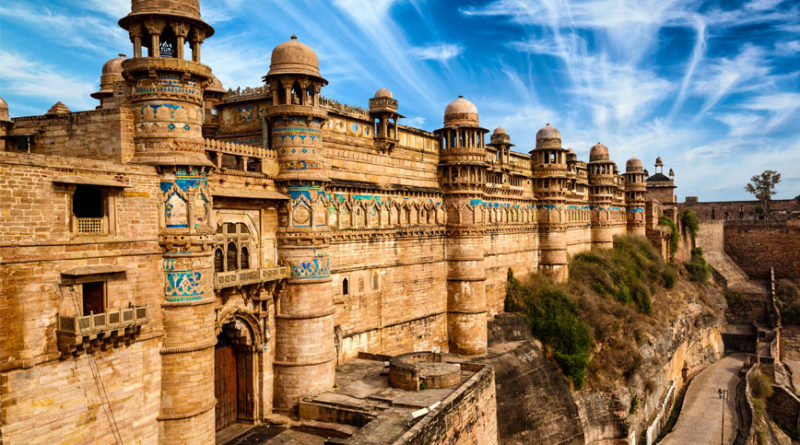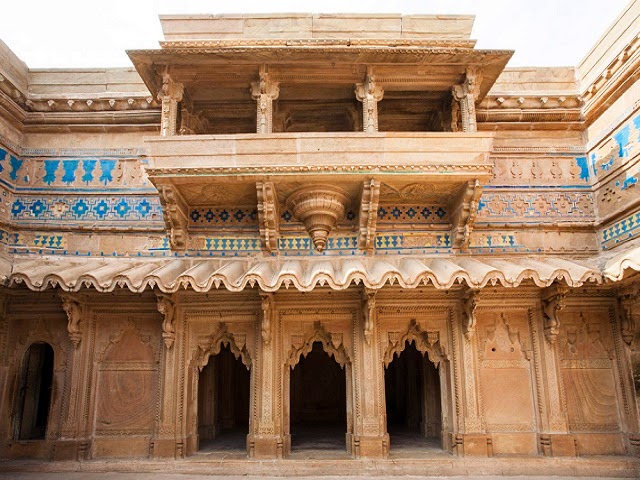The History of Gwalior Fort, Madhya Pradesh
Gwalior is the
northernmost city of Madhya Pradesh. The city of Gwalior was founded by the
King Suraj Sen and named after the saint Gwalipa, who cured his leprosy.
Gwalior’s history can be traced back to 8 AD when the chieftain Suraj Sen was
stricken with leprosy. A great saint Gwalipa, lived on the hill-top where the
Gwalior fort stands. King Suraj Sen who ruled over the region, approached the
holy man for cure of his leprosy.
The holy man gave him water from the
Surajkund, a water tank and the king was cured. Suraj Kund is still in the
fort. The king established a town here and in gratitude, named the town after
the saint Gwalipa. Gwalior is known for its historic massive 15th century fort.
The distinctive and colourful hill fort of Gwalior on the north-south corridor
was the key to control of the Central Provinces. Hindi and English are the main
languages which are spoken here. The best season to visit Gwalior is from
October to March.

Gwalior was ruled by Suraj Sen. The saint Gwalia gave the king a new name, Suhan Pal and directed him that so long as his descendants would retain the Pal name they would rule uninterruptedly. This lasted for 84 generations. The 85th descendant changed his name to Tej Karan and lost his throne. An inscription in the fort records that during the 5th century reign of Mihiragula the Hun, a temple of the sun was erected here. In more historical times, Gwalior came into limelight when Tomar Rajputs took power in 1398. Gwalior rulers became involved in wars with neighbouring kings. Man Singh Tomar who came to power in 1486 was the greatest of the Tomar Kings. He defeated the Lodhis of Delhi. When Sikandar Lodhi attacked again, Man Singh died but his son held the fort for one year.
Muslim invaders like Qutb-ud-din-Aibak also ruled Gwalior before it passed into through a succession of Tomar Rajputs, Mughal, Afghan and Marathas. During the Mughal period, Babur was defeated but Man Singh’s grandson continued to fight till Akbar became the Emperor. After the Mughals, the Marathas took over Gwalior and they were followed by the British.

Maharaja Scindia sided with the
British during the Mutiny but his forces did not. Gwalior was the scene of many
bloody battles with the British in 1857. During the 1857 Mutiny, the Maharaja
remained loyal to the British but his troops, 6500 of them, mutinied on Sunday
June 14th. Next year, there was fierce fighting round Gwalior, the rebels being
led by Tantia Tope and the Queen of jhansi. When the fort was taken by the
British, the Rani was found dressed in men’s clothes among the slain. Although
the Maharaja of Gwalior had remained loyal to the British they kept the fort
for another thirty years.



Comments
Post a Comment